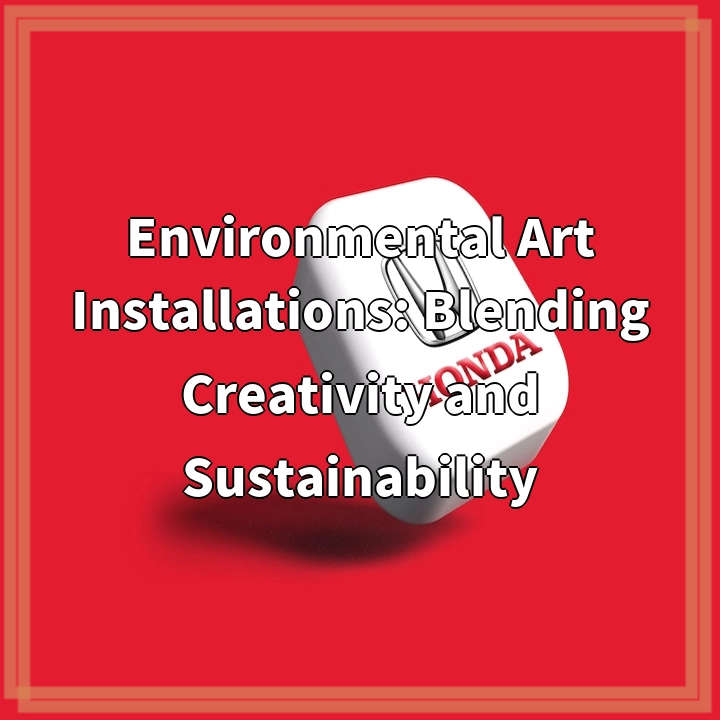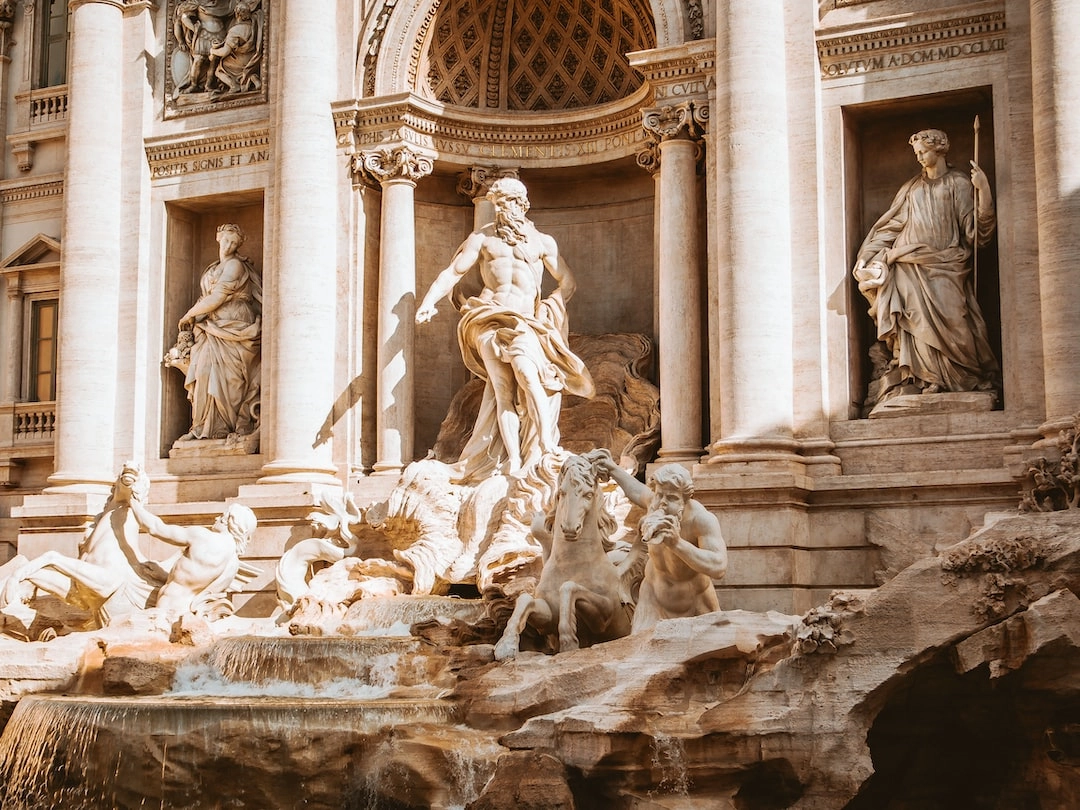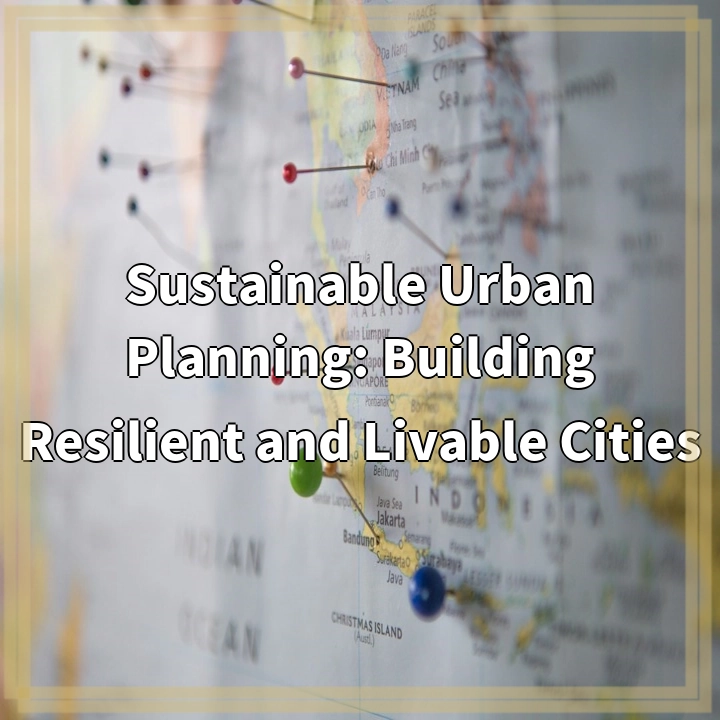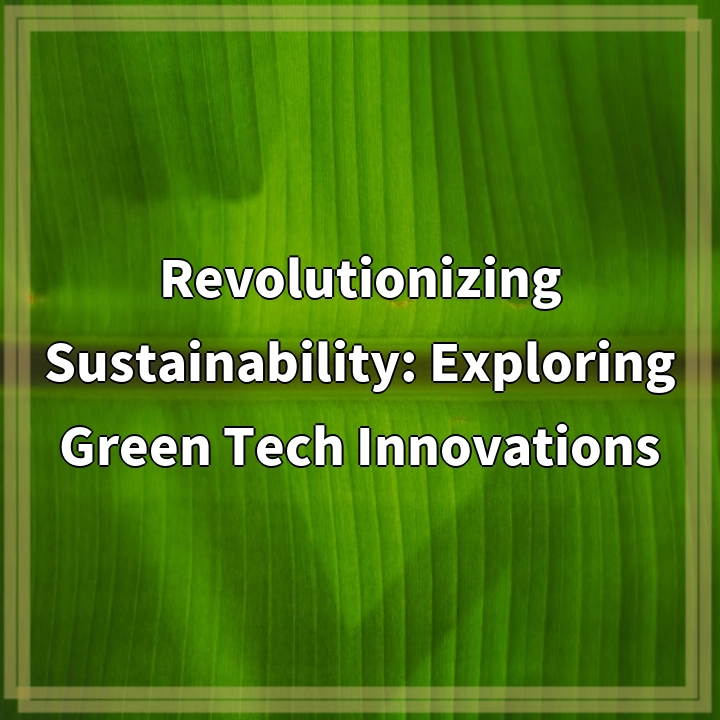
What it is:
Environmental art installations are a form of artistic expression that aims to raise awareness about environmental issues and promote sustainability through creative means. These installations are typically site-specific and often utilize recycled materials, natural elements, or technology to convey a message related to the environment. By blending artistic vision with environmental consciousness, these installations become powerful tools for engaging communities and sparking important conversations about our relationship with the natural world.
Real-World Problems:
While environmental art installations have the potential to make a positive impact, they also face several real-world problems that can hinder their effectiveness. Understanding these challenges is crucial for artists and environmentalists who wish to utilize this medium for advocacy and education.
Lack of Longevity:
One significant issue is the ephemeral nature of art installations. Many environmental installations are designed to degrade or change over time, eventually becoming one with nature. While this may be a deliberate aspect of the artwork, it can also limit its longevity and impact. Without proper documentation and preservation, these installations may not leave a lasting impression on viewers or have a lasting effect on environmental attitudes and behaviors.
Permitting and Legal Restrictions:
Another challenge faced by environmental artists is the need to obtain permits and comply with legal restrictions when creating large-scale installations. Depending on the location and the proposed environmental interventions, artists may encounter bureaucratic hurdles that can delay or prevent the realization of their vision. These regulations are important for protecting the environment and public safety, but they can sometimes be a barrier to creative expression.
Environmental Impact:
While environmental art installations aim to promote sustainability and ecological awareness, the creation process itself may have an environmental impact. Artists need to consider the sourcing of materials, transportation, and the carbon footprint associated with the installation. Striking a balance between creating visually impactful installations and minimizing harm to the environment is a delicate task that requires careful planning and decision-making.
Overall, despite these challenges, environmental art installations continue to inspire and motivate communities to take action towards a more sustainable future. By harnessing creativity and embracing the power of art, these installations have the potential to spark meaningful change and foster a deeper connection with the environment.

Solutions:
Addressing the challenges faced by environmental art installations is crucial to maximize their impact and ensure their effectiveness in promoting sustainability. Here are some potential solutions to overcome the real-world problems associated with these installations:
Documentation and Preservation:
To ensure the longevity and impact of environmental art installations, comprehensive documentation should be carried out. This includes high-quality photographs, videos, and written descriptions of the artwork. Additionally, artists can collaborate with local institutions or organizations to develop strategies for preserving the installations or creating digital archives that can be accessed by a broader audience.
Collaboration and Advocacy:
Artists can work closely with local communities, environmental organizations, and government agencies to address permitting and legal restrictions. By engaging in open dialogue, artists can advocate for the importance of environmental art and its role in raising awareness. Collaboration can also help streamline the permitting process and ensure compliance with regulations while still allowing for artistic expression.
Sustainable Practices:
To reduce the environmental impact of creating art installations, artists can adopt sustainable practices. This includes using recycled or locally sourced materials, minimizing waste, and considering the life cycle of the installation. By making conscious choices throughout the creation process, artists can promote sustainability not only through the message of their artwork but also in its production.
Educational Outreach:
To maximize the impact of environmental art installations, artists can complement their work with educational outreach programs. This can include artist talks, workshops, or guided tours of the installations. By offering opportunities for community members to learn about the environmental issues addressed in the artwork, artists can engage with audiences on a deeper level and inspire them to take action.
By implementing these solutions, environmental art installations can overcome the challenges they face and become powerful catalysts for change. Through documentation, collaboration, sustainable practices, and educational outreach, these installations can leave a lasting impression, inspire action, and contribute to a more sustainable future.















